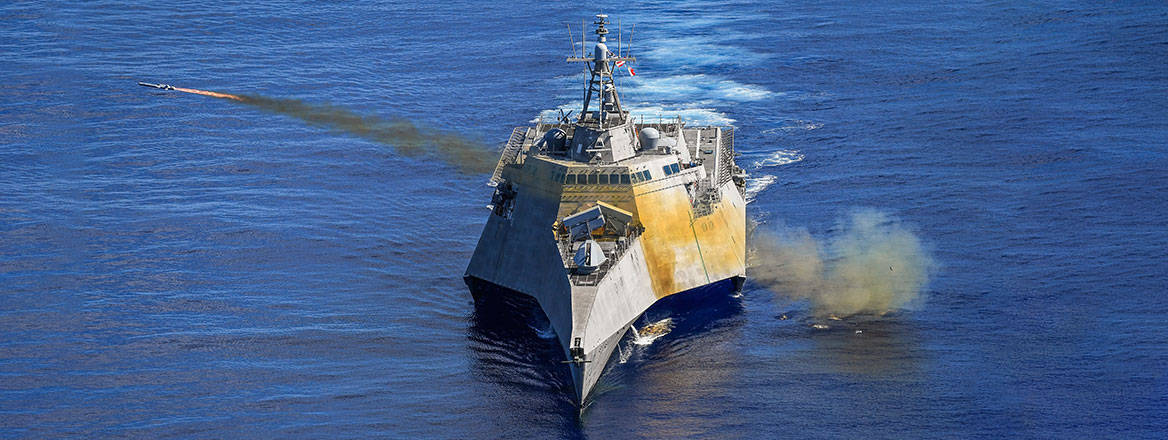Precision Paradox and Myths of Precision Strike in Modern Armed Conflict
A cautionary tale, the Precision Paradox warns of lack of realism in military thinking.
Precision strike has assumed an outsized role in modern warfare. In the First Drone Age, drone-based precision strike promises to deliver accurate, first-time hits. Some assert that drone-based precision strike and precision strike-based strategies appear to offer a more civilised and antiseptic method of waging war. Amos C Fox argues that the Precision Paradox is a cautionary heuristic to illustrate the potential shortcomings of precision strategies, thereby allowing decision-makers to incorporate a modicum of realism into their thinking. The Precision Paradox also helps to illustrate the need to return to military thought rooted in realism and reason, instead of military thought based on linear, best-case scenario suppositions.
WRITTEN BY
Amos C Fox
- Jim McLeanMedia Relations Manager+44 (0)7917 373 069JimMc@rusi.org

